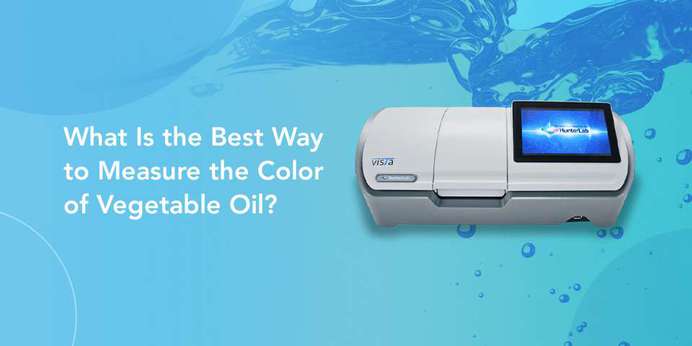
Vegetable oils like soybean oil play a pivotal role in many products and applications, from snack food manufacturing to biodiesel fuel development, commercial frying, and personal hygiene goods production. Its color directly correlates to integrity and customer perception, demonstrating the need for accurate measurements throughout manufacturing processes.
The Importance of Color Measurement in Vegetable Oil
Quantifying color in vegetable oils is essential for many reasons:
- Quality: Color and clarity are primary quality and purity indicators in edible oils. Consistent measurement helps ensure adherence to implemented quality assurance methodologies and supports consumer confidence.
- Money savings: Refining processes can substantially impact oil color. Establishing that color falls within tolerances at each stage helps minimize waste and prevent downstream bleaching and blending issues that can be costlier to resolve.
- Conformance with industry standards: The American Oil Chemists' Society (AOCS) issues industry guidelines for oil analysis, including color measurement methods, suitable color models, and standards. Manufacturing contracts and specifications often require following the organization's frameworks.
- Regulatory compliance: Vegetable oil processing and manufacturing facilities must comply with regulations set forth by the Food and Drug Administration (FDA) and the United States Department of Agriculture (USDA). Both consider color to help ensure quality and consumer safety.

